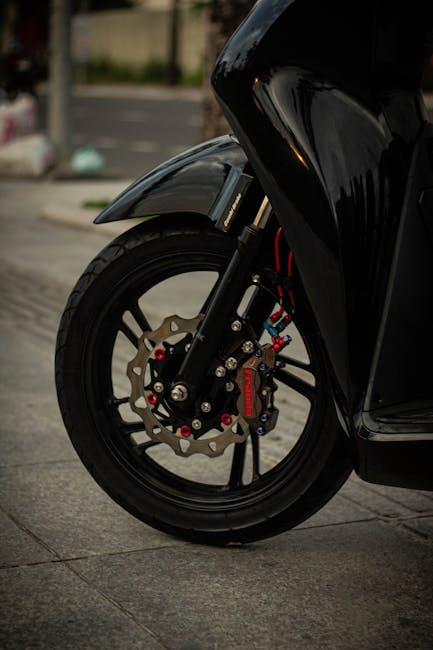In the world of automotive engineering, the silent heroes behind every smooth stop often go unnoticed—brakes. Among the many types, two contenders have long shared the spotlight: disc brakes and drum brakes. Each boasts its own design philosophy, performance nuances, and historical significance, quietly influencing how we control speed and ensure safety. As we peel back the layers of technology and tradition, this article journeys into the mechanics, advantages, and limitations of disc brakes versus drum brakes, helping you understand what really happens when you press the pedal.
Table of Contents
- Understanding the Fundamental Differences Between Disc Brakes and Drum Brakes
- Performance and Efficiency in Various Driving Conditions
- Maintenance Needs and Longevity Considerations
- Safety Implications and Heat Dissipation Capabilities
- Cost Analysis and Value for Everyday Use
- Choosing the Right Brake System for Your Vehicle Type and Driving Style
- Q&A
- Future Outlook
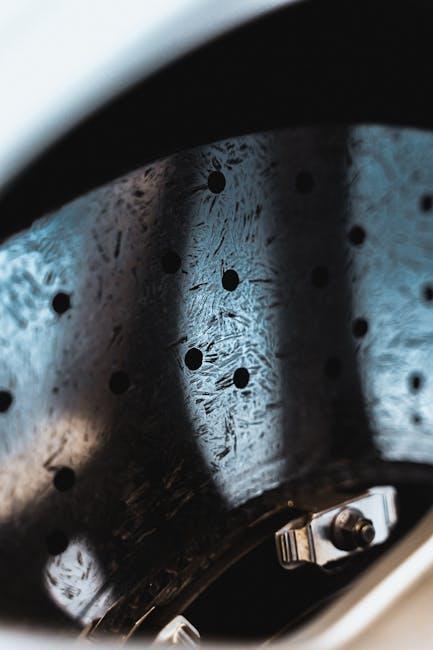
Understanding the Fundamental Differences Between Disc Brakes and Drum Brakes
At their core, disc and drum brakes serve the same purpose: to slow down or stop a vehicle by converting kinetic energy into heat. However, their fundamental designs set them apart. Disc brakes use a flat, circular rotor attached to the wheel, which is gripped by calipers equipped with brake pads. As the pads clamp down on the rotor, friction is generated, enabling rapid and consistent stopping power. Conversely, drum brakes rely on a drum-shaped component that rotates with the wheel. Inside this drum, brake shoes press outwards against its inner surface, creating friction to bring the vehicle to a halt. This inward versus outward pressure creates different mechanical dynamics that influence everything from heat dissipation to maintenance requirements.
Another critical divergence lies in their performance characteristics and typical applications. Disc brakes boast superior heat dissipation thanks to their open design, reducing brake fade during prolonged use and making them ideal for high-performance or heavy-duty vehicles. Drum brakes, with their enclosed structure, tend to trap more heat but offer a simpler, cost-effective solution favored in economy vehicles or rear axle setups. Below is a quick comparison table illustrating some distinct traits:
| Feature | Disc Brakes | Drum Brakes |
|---|---|---|
| Heat Dissipation | Excellent (exposed rotor) | Limited (enclosed drum) |
| Maintenance | Moderate (easier pad replacement) | Lower cost, but more labor-intensive |
| Performance | Consistent stopping power | Prone to fade under heavy use |
| Common Use | Front brakes on most modern vehicles | Rear brakes on budget or older models |
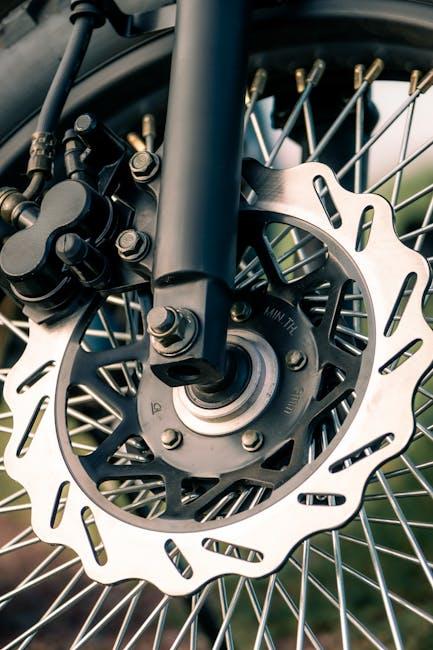
Performance and Efficiency in Various Driving Conditions
Disc brakes excel in delivering consistent and reliable stopping power across a wide range of driving environments. Their open design facilitates rapid heat dissipation, which significantly reduces the risk of brake fade during intense or prolonged braking, such as when driving downhill or in stop-and-go city traffic. Moreover, the precision of disc brakes allows for excellent performance in wet conditions, as water is quickly shed from the rotor surface, maintaining strong friction levels. This makes them particularly suitable for drivers who navigate varied terrains or require responsive braking at all times.
Drum brakes, meanwhile, offer adequate performance in everyday, low-stress driving scenarios like gentle suburban commutes. Their enclosed design protects internal components from dust and debris, making them resilient in dusty or dirty environments. However, drum brakes are less efficient at heat dissipation, which can lead to decreased braking power in demanding situations such as heavy loads or steep inclines. The following table summarizes their performance traits under typical driving conditions:
| Driving Condition | Disc Brakes | Drum Brakes |
|---|---|---|
| City Traffic | High efficiency, rapid heat dissipation | Moderate — prone to fade during frequent stops |
| Wet or Rainy Roads | Strong resistance to moisture impact | Reduced performance due to moisture retention |
| Heavy Loads | Consistent stopping power | Heat build-up risk, performance drop |
| Dusty/Off-road | Potential exposure but usually manageable | Better protection due to enclosed design |
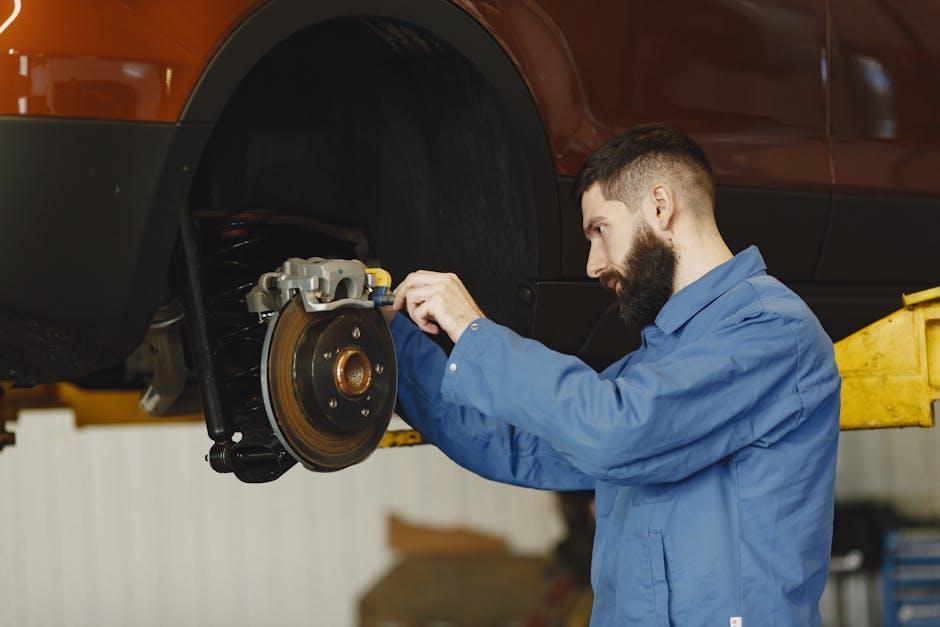
Maintenance Needs and Longevity Considerations
When it comes to upkeep, disc brakes generally require less frequent attention. Their open design allows heat and water to dissipate rapidly, reducing wear and the risk of corrosion. This means brake pads on discs tend to wear evenly and are simpler to inspect at a glance. Conversely, drum brakes are enclosed systems that trap dust, moisture, and debris, often leading to quicker degradation of internal components. Maintenance can be a bit more involved as it requires disassembling the drum to assess wear on shoes, springs, and the drum surface itself.
Longevity-wise, disc brakes often have an edge due to their resilient materials and better cooling capabilities, which help prevent warping and fading over time. Drum brakes, while robust, can suffer from uneven wear and heat buildup, diminishing their lifespan especially under heavy use. Consider the following comparison of typical maintenance intervals and lifespan:
| Brake Type | Maintenance Interval | Expected Lifespan | Key Maintenance Task |
|---|---|---|---|
| Disc Brakes | 12,000 – 20,000 miles | 50,000 – 70,000 miles | Pad replacement, rotor inspection |
| Drum Brakes | 6,000 – 12,000 miles | 30,000 – 50,000 miles | Shoe replacement, drum resurfacing |
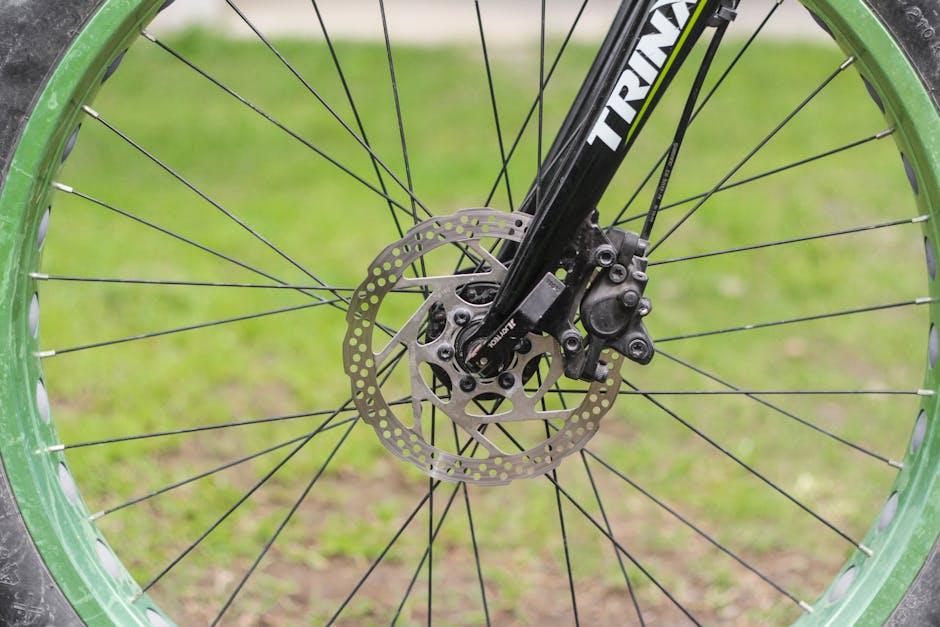
Safety Implications and Heat Dissipation Capabilities
When it comes to braking systems, the ability to manage heat effectively can be a matter of safety as much as performance. Disc brakes are designed with open, ventilated surfaces that allow heat to dissipate quickly during braking. This rapid heat dispersion minimizes the risk of brake fade, a condition where excessive heat reduces braking efficiency. Drum brakes, on the other hand, contain the friction surfaces inside a closed drum, which traps heat and can cause uneven wear or seizure under heavy use. This difference makes disc brakes particularly suitable for demanding conditions such as steep descents or repeated high-speed stops.
- Disc Brakes: Superior cooling, consistent stopping power, less prone to fade
- Drum Brakes: Slower heat dissipation, potential brake fade under heavy use
Beyond heat management, safety considerations extend to how each system reacts in emergency braking scenarios. Disc brakes generally offer better modulation and quicker response due to their direct mechanical action, which translates into shorter stopping distances and enhanced control. The design also allows water to be easily shed from the braking surface, maintaining effectiveness in wet conditions. Conversely, drum brakes can retain moisture inside the drum, sometimes leading to reduced braking performance until the heat generated evaporates it. This inherent drawback may compromise safety in adverse weather or prolonged braking situations.
| Feature | Disc Brake | Drum Brake |
|---|---|---|
| Heat Dissipation | Excellent | Poor |
| Brake Fade Resistance | High | Low |
| Wet Weather Performance | Effective | Less Effective |
| Emergency Handling | Responsive | Sluggish |

Cost Analysis and Value for Everyday Use
When evaluating cost efficiency, drum brakes often stand out as the more budget-friendly option upfront. Their simpler design and widespread production lead to lower manufacturing and replacement costs. Additionally, drum brakes require less frequent replacement of components like brake shoes, making them appealing for budget-conscious drivers. However, this initial saving might be offset by the higher maintenance complexity and reduced performance in demanding conditions.
Disc brakes, although pricier initially, provide superior value for everyday use by delivering consistent stopping power, especially in wet or high-heat scenarios. This translates to enhanced safety and reduced wear over time. When factoring long-term durability and performance, disc brakes frequently justify their higher cost. Below is a comparative snapshot that outlines the essential cost and value elements for a typical brake system:
| Brake Type | Average Initial Cost | Maintenance Frequency | Performance Consistency |
|---|---|---|---|
| Drum Brakes | $50 – $120 | Moderate | Good (dry) |
| Disc Brakes | $80 – $200 | Lower | Excellent (wet/dry) |
- Drum brakes maximize upfront affordability with simple upkeep.
- Disc brakes offer long-term reliability and better everyday performance.
- Choosing between them depends on prioritizing cost-saving or safety enhancements.
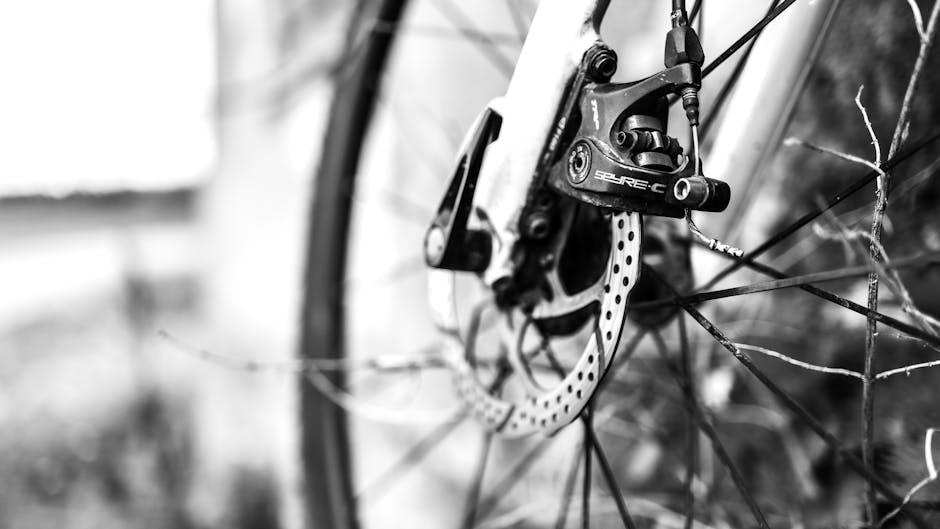
Choosing the Right Brake System for Your Vehicle Type and Driving Style
When deciding on the ideal brake system, it’s essential to evaluate both your vehicle’s specifications and your typical driving conditions. Disc brakes, known for their precise stopping power and superior heat dissipation, often excel in high-performance scenarios and vehicles frequently exposed to wet or hilly terrains. Conversely, drum brakes, with their robust design and greater surface area, tend to offer longer wear life and can be more cost-effective for lighter, everyday city driving. Understanding these dynamics helps in matching the brake system to your vehicle’s demands.
- Disc Brakes: Best for sporty cars, mountainous routes, and heavy-duty uses where quick heat dissipation prevents brake fade.
- Drum Brakes: Ideal for budget-friendly vehicles or driving mainly in flat, urban settings where braking demands are moderate.
| Feature | Disc Brakes | Drum Brakes |
|---|---|---|
| Heat Management | Excellent | Moderate |
| Maintenance Cost | Higher | Lower |
| Performance in Wet Conditions | Superior | Average |
| Lifespan | Moderate | Long |
Q&A
Q&A: Disc Brakes vs Drum Brakes – The Ultimate Showdown
Q1: What are disc brakes and drum brakes?
A: Disc brakes use a rotor (disc) that rotates with the wheel and calipers that squeeze brake pads against the rotor to slow down or stop the vehicle. Drum brakes, on the other hand, have brake shoes inside a drum that expand outward to create friction and stop the wheel from turning.
Q2: Which brake type offers better stopping power?
A: Generally, disc brakes provide superior stopping power, especially under heavy or repeated braking conditions, because they dissipate heat more efficiently and maintain consistent performance.
Q3: How do disc and drum brakes perform in wet conditions?
A: Disc brakes tend to perform better in the rain since water easily clears off the rotor, while drum brakes can trap moisture inside the drum, leading to reduced braking efficiency until they dry out.
Q4: Which brake system is more cost-effective?
A: Drum brakes are usually cheaper to manufacture and repair, which is why they’re often found on the rear wheels of budget-friendly or older vehicles. Disc brakes, though pricier, offer improved performance and durability.
Q5: What about maintenance and longevity?
A: Disc brakes are easier to inspect and service because their components are exposed. Brake pads wear faster but are simpler to replace. Drum brakes might last longer before needing service but are more complex to inspect and fix due to their enclosed design.
Q6: Why do some cars use both drum and disc brakes?
A: Many vehicles combine disc brakes in front (where most braking force is applied) with drum brakes in the rear to balance cost, performance, and durability. Front disc brakes absorb more heat and provide better stopping, while rear drum brakes offer adequate braking at a lower cost.
Q7: Are disc brakes better for performance cars?
A: Absolutely. High-performance and sports cars tend to use disc brakes on all wheels because they offer quicker response, stronger stopping power, and better heat dissipation essential for aggressive driving.
Q8: Could drum brakes become obsolete?
A: With evolving technology and demand for better safety, disc brakes are steadily replacing drum brakes in many applications. However, drum brakes still hold their ground in some markets and vehicle types due to cost and design advantages.
Q9: What’s the final takeaway?
A: Both brake types have their merits — disc brakes shine in performance, efficiency, and ease of maintenance; drum brakes serve as a cost-effective, reliable choice for many standard driving needs. Your choice depends on your vehicle type, driving habits, and budget.
Future Outlook
In the end, choosing between disc brakes and drum brakes is less about declaring a winner and more about understanding the unique strengths each offers. Disc brakes shine in performance and heat management, making them the go-to for high-demand driving, while drum brakes continue to serve reliably in cost-effective and specific applications. Whether your journey calls for precision stopping power or tried-and-true dependability, knowing the character of each braking system ensures you make the most informed choice on the road ahead. After all, in the world of brakes, balance and context are what stop you just right.

